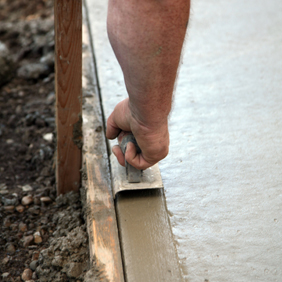Homeowner Center
Welcome to the Chaney Enterprises Homeowner’s Information Center. Use this site to research and plan home improvement projects using our new and innovative uses of concrete, sand, gravel, stone, concrete block, and construction supplies. If you can dream it, we can help you do it. From replacing your old driveway with a new stamped concrete drive to building your home or addition with concrete from the ground up, this site will give you the information you need to take your home improvement projects from foundation to finish.




